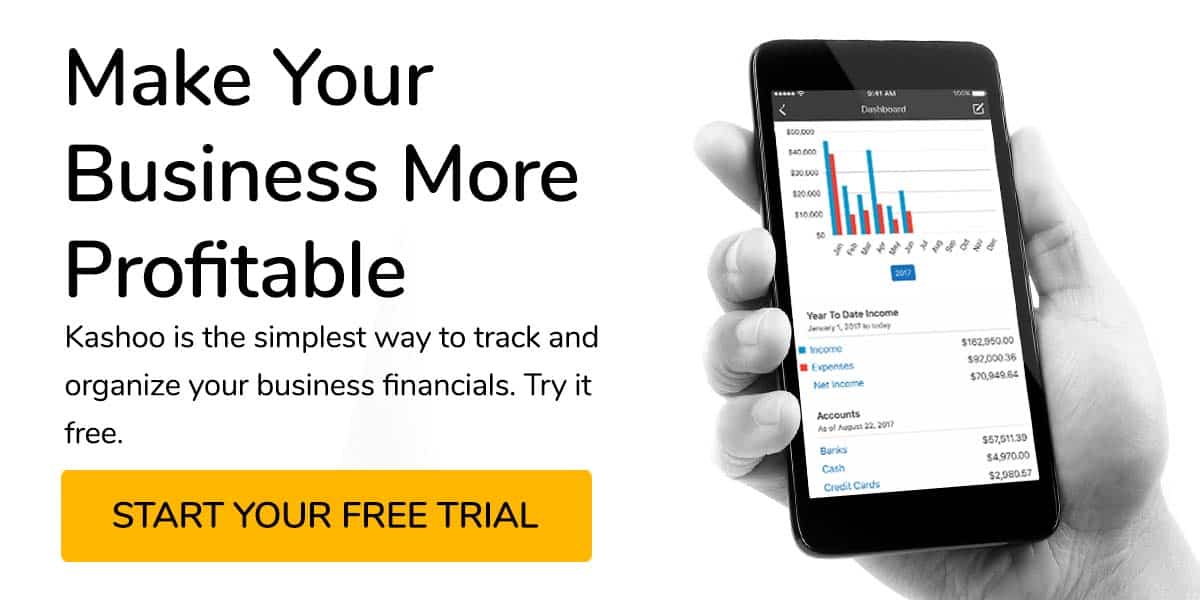A great business idea and a well-thought-out company logo are building blocks to start a small business—but they aren’t key. A key building block for a successful, sustainable business is a small business marketing strategy. After all, even if your business has the most exceptional products and services in the world, customers have no sure-fire way of finding you if your business lacks a proper marketing strategy.
1. Establish a Clear Identity Through Proper Branding
Communicating your company mission is a critical step to the branding process.
- What does your company stand for?
- What is your company about and what do you sell?
Answers to these questions will help you identify a suitable name, business logo, colours and imagery that represents your brand and visual identity to your customers. Once your logo and colours are established, put it on everything—including advertising, envelopes, email signatures, business cards, and most importantly, your website.
How to do it: Need a logo? You have several options: doing it yourself (if you have graphic design experience), hiring a freelancer, or collaborating with an established agency. Although the latter option can be costly, the rewards are exceptional. Just think of multi-million conglomerates like Starbucks. Their brands, logos, colours are well established and majority, if not everyone, knows who they are.
Related: Building Your Brand Voice—Part 1: Spreading The World
2. Do Your Research to Identify Who Your Customers Are
The misconception that a one-size-fits-all marketing strategy does not exist, especially in today’s digital landscape. All businesses are different and as a result, have different requirements. That’s why it’s critical to do your research beforehand to identify your target (or niche) audience.
How to do it: A key to your small business marketing strategy is to think carefully about your target customers. What is their demographic? Where do they live? What age group are they in? What online services do they use? How do they look for products, or more specifically, your product or service? After defining your audience, analyze your product or service to discover the benefits you can offer them. For example, a graphic designer offers high-quality design services. On the receiving end, a client can benefit from having a professional company image. After all, a solid visual identity will attract more clients as the business represents professionalism.
Related: 5 Ways To Acquire Better Clients
3. Invest in a Decent Website to Increase Brand Visibility
Having a website is important, but leaving a poorly designed website will leave a distasteful impression on your small business and your overall brand. Think about it: where would you go to look for more information regarding a business? Your website is where most prospects will look and the first few seconds of engagement will leave a lasting imprint.
How to do it: Invest in a website that’s user-friendly, easy to navigate, and logically laid out. There are a plethora of online, free academies to learn how to code a website (or two) that only require time investments. Some fantastic sites include Coursera, edX, Udemy, and Khan Academy. Alternatively, you can hire a freelance web developer or consult an established agency, which is typically a more costly option. Whatever you do, make sure the website is properly defined (i.e. user requirement and competition), designed using interaction sequences and navigation, prototyped for usability, and reviewed with customers to ensure your website is planned for success from day one.




